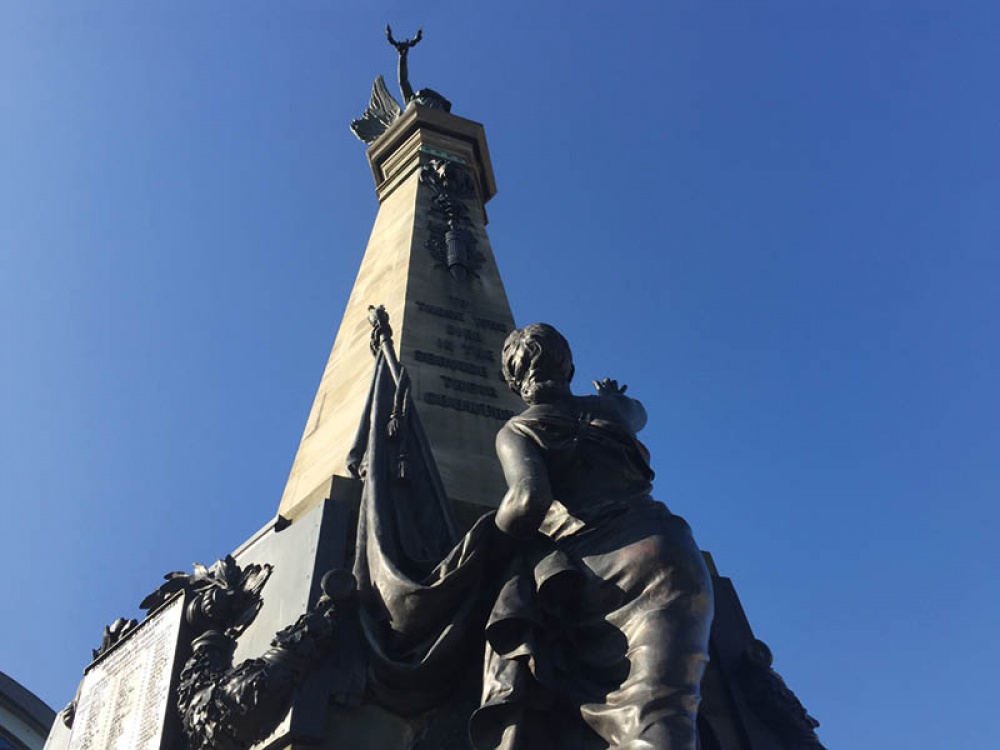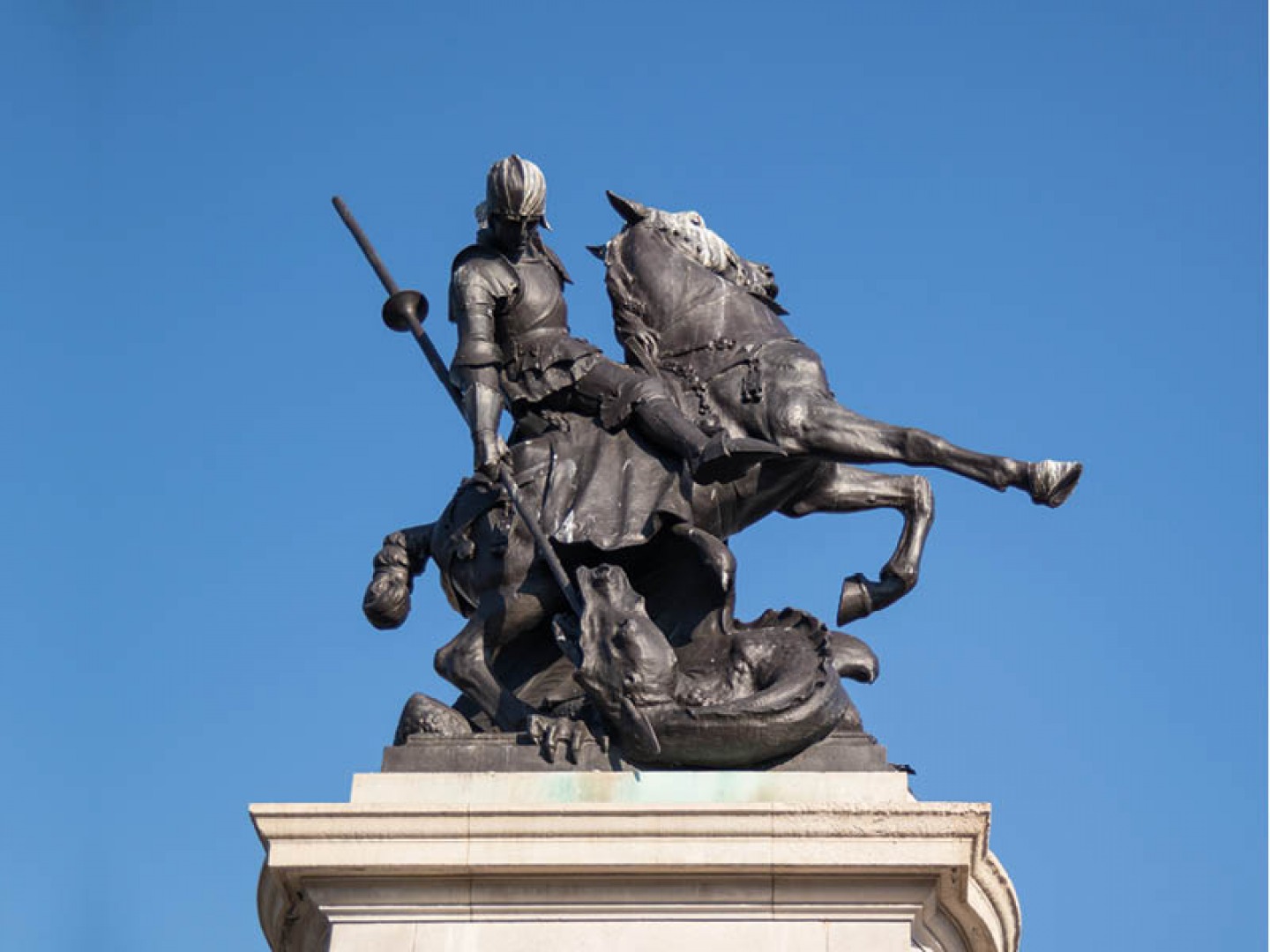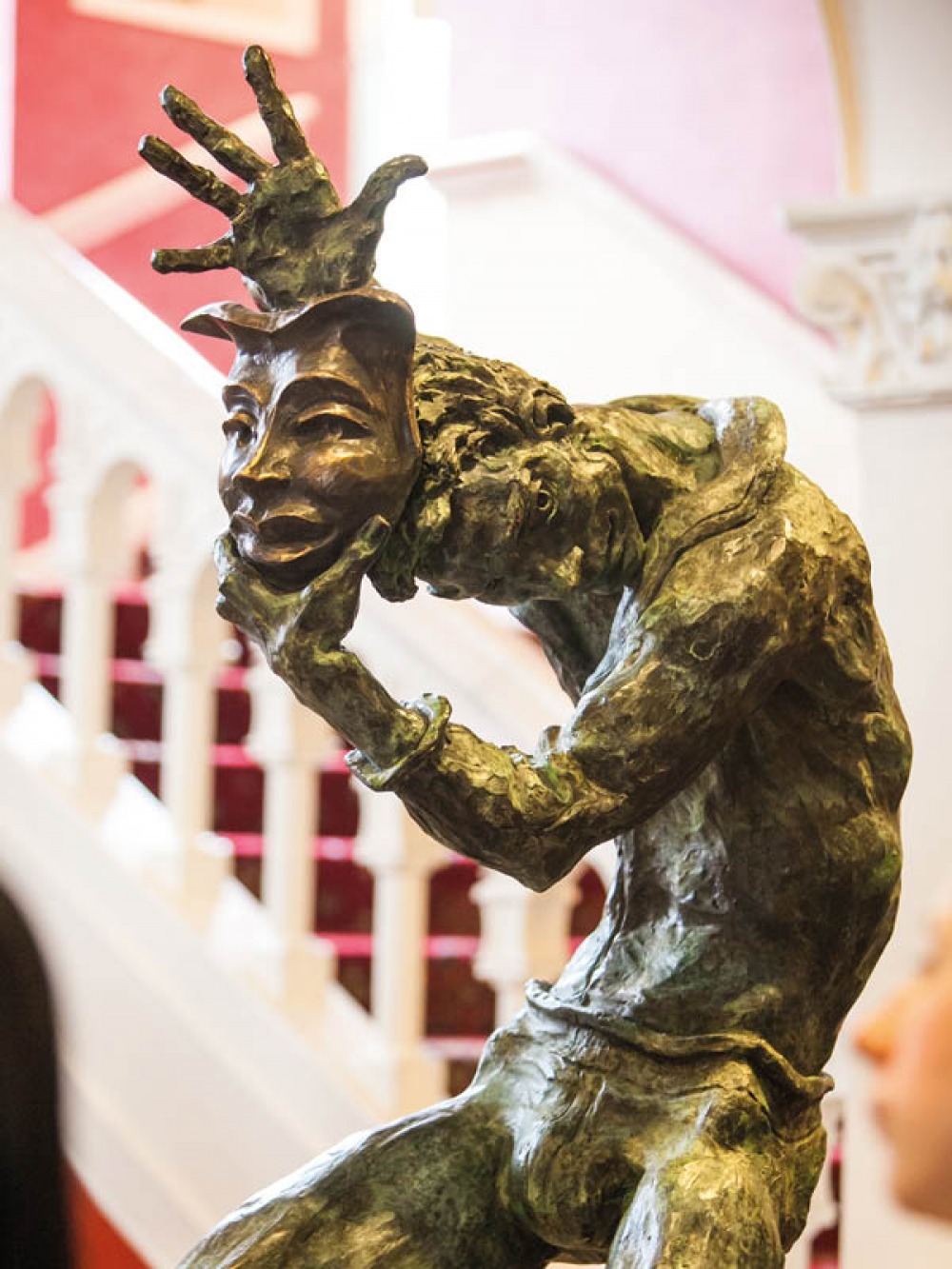The Newcastle Statues that have Inspired Poetry Featured on the BBC

Local poet David Hinds has seen recent success on BBC Sounds, unveiling a series of cultural poems about the many statues around Newcastle – The Stone Men of Newcastle
‘The Stone Men of Newcastle is definitely about looking at Newcastle’s history in terms of its working and artistic past, and then trying to build on it,’ says David. ‘Newcastle is beautiful, and it’s becoming a big centre for poetry and the arts – the number of prize-winning poets that studied here is always increasing. I wanted to celebrate that.’
David was inspired to write about the many statues around Newcastle when on his work breaks, walking around town when he worked at Fenwick. Aiming to create a kind of modern day ode to Victorian North East poet Arthur O’Shaughnessy (who famously wrote poems The Line Behind and Ode, and wrote a passage on statues), David used lockdown as a vehicle to finally give his passion for writing a big push.
‘It’s a war monument, so it represents something very real, but the statue itself is based in mythology’
‘I remember taking long lunch breaks at Fenwick, I’d take a walk and look at the statues and tell myself I’d write about them one day,’ says David. ‘These poems are quite different to the kind I usually write – those are quite mythic. These are more local, like in my poem about the St George and The Dragon statue [a war memorial built in 1923] there’s a line that goes, “I remember when I used to work in your shadow”, which both refers to the speaker grappling with the legacy of war poets and my own history as I used to work in Fenwick,’ he explains. ‘I find that statue very interesting. It’s a war monument, so it represents something very real, but the statue itself is based in mythology – there’s a conflict there. Speaker vs sculptor, mythology vs history, reality vs legend.’
Read More: Newcastle Entrepreneur Makes Cute Accessories for Dogs and their Humans from her Garden


The Stone Men of Newcastle was picked up by the BBC after David entered the poems into the New Creatives programme, an initiative which gives artists the opportunity to showcase their own audio or interactive media projects.
Read More: Newcastle Radio Station Brings Cheer to Sick Children and Their Families
‘I remember when I submitted my application, I saw the Edward Colston statue being toppled over, and it raised the question of what statues represent. Are statues a celebration? Are they an ode? Or is it more complicated than that? My poems give time for both sides of these debates.’

‘Are they an ode? Or is it more complicated than that? My poems give time for both sides of these debates’
The statues David has written about span many eras of sculpturing, including St George and The Dragon, the Barras Bridge statues, Anthony Gormley’s Clasp, The Response war memorial, Mercutio at the Theatre Royal, and Nike, the Goddess of Victory statue outside the Central Metro station.
Read More: Man of the Moment: Ian McMillan
‘I’d describe myself as a page poet. Some of these poems do work better spoken aloud, though,’ David admits. ‘The voiceover of these poems was done by Dan Pye, a prolific North East voice actor. I prefer quite a firm break between lines, I don’t really like enjambment [when one line spills onto the next], and that’s why I capitalise each sentence. Dan instantly got that, and he found those more subtle rhythms that are on the page. They really come out in the audio piece.’
These spoken performances have been showcased on the BBC Sounds website, and they’re now available on David’s SoundCloud.
‘The National Poetry Archive are including an excerpt from The Stone Men of Newcastle as a poem of the day, and all the poems have now been published in different places — but I would like to write some more statue poems soon,’ David says. ‘I’ve started writing a poem about the Martin Luther King Jr statue in Newcastle University, but I’m taking care with the research for that one because he lived such an incredible life. There’s also the three heads in the Newcastle University courtyard that I’d like to make debate each other, articulating different perspectives on art and history.’







